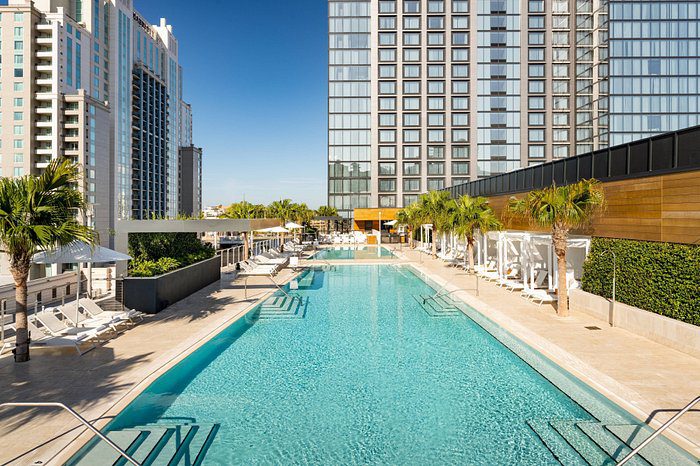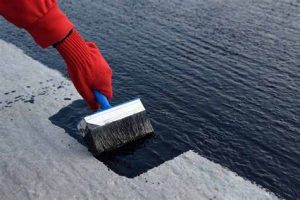Introduction
September is by far my favourite time of year as spring has sprung! This means summer is around the corner, and we can enjoy more time outdoors. Swimming is a South African warm weather activity for many. In my last September Spring series on swimming pools, I discussed the discuss the consent levels; legal process to be followed; and other considerations to take into account when installing pools in sectional title schemes. In this article I will discuss the safety of swimming pools.
What does the Sectional Title legislation state?
Neither the Sectional Titles Schemes Management Act 8 of 2011 (the “STSM Act”); nor the prescribed management rules (the “PMRs”) or prescribed conduct rules (the “PCRs”) made thereunder contain any provisions that specifically deal with the granting consent or setting out the process for the installation and safety requirements of swimming pools within the scheme.
There are prescribed management rules that contain relevant considerations and possible restrictions for the installation of pools. PMR 30(d) deals with the use of sections and common property, and specifically the structural integrity of the building, and states that:
“The body corporate must take all reasonable steps to ensure that a member or any other occupier of a section or exclusive use area does not make alterations to a section or an exclusive use area that are likely to impair the stability of the building or interfere with the use and enjoyment of other sections, the common property or any exclusive use area.”
If the building cannot support the additional weight that a water-filled swimming pool will add, then the swimming pool should not be installed. The owner or body corporate wishing to do the installation should therefore provide an engineer’s report guaranteeing that the swimming pool will not impair the structural integrity of the building.
What safety measures are required for swimming pools?
The SABS (South African Bureau of Standards) SANS 10134 (which is referenced in the National Building Regulations and Building Standards Act No 103 of 1977) deals with the safety of swimming pools.
This standard lays down responsibilities, principles, methods, and planning techniques for the protection of children from the hazards of swimming pools situated on private premises (including sectional title schemes), and makes recommendations for the design and installation of typical protective enclosures or protective device that are intended to prevent a child (not older than 5 years old) from gaining unauthorized access to a swimming pool.
This standard lays down different responsibilities for owners and occupiers. The owner is defined as the registered owner of the premises on which a swimming pool is situated or is to be built. This could be the body corporate if the pool is located on common property. It states that an owner must ensure that the swimming pool is protected to prevent unauthorized access at all times. This can be achieved by:
a) installing an enclosure and OR a safety net or safety cover (or both);
b) ensuring that any protective device or enclosure is installed and used according to the manufacturer’s specifications, and
c) maintaining the product to ensure that it is always in good working order.
An occupier is defined as a person who occupies the premises on which a swimming pool is situated. The occupier must:
a) not allow water in an unprotected swimming pool;
b) ensure competent adult supervision at the swimming pool;
c) stipulate that non-resident persons may not use the swimming pool during his absence, unless under their own competent adult supervision;
d) provide, easy access to the pool brush pole or leaf scoop pole at the swimming pool, which will allow a person at the pool’s edge, to assist a distressed person in the water;
e) prevent the use of objects that can be used to cut, climb or scale a swimming pool enclosure or protective device;
f) ensure that the latching, locking mechanism of the gate, door in the enclosure is operative and that the gate or door is locked when the enclosure is vacated;
g) ensure that any protective device used for example safety net or safety cover is operative and secured in accordance with the manufacturer’s specifications when the pool area is vacated;
h) ensure that any protective device is entirely removed from the swimming pool before any person utilizes the swimming pool;
i) examine all protective devices or (or both) enclosures at regular intervals to check that posts and connections are secure, that components or materials have not deteriorated, and that no other faulty condition has developed; and
j) maintain the water level at the recommended level below the safety cover or safety net.
Above and below ground swimming pools should be provided with either an enclosure or safety cover or net to restrict access to the swimming pool by unauthorized children or persons. A pool owner or occupier must therefore make use of at least a safety cover or net or pool enclosure.
An enclosure or protective device should be so designed and constructed that it:
a) prevents children from penetrating openings within its structure or design;
b) prevents children from climbing up its sides;
c) prevents children from crawling beneath its base;
d) prevents children from scaling its crest;
e) embodies a means of access to the swimming pool area that is very difficult for a child (but easy for an adult) to open;
f) is robust and durable; and
g) has no sharp edges or projections that can injure a child.
The recommended Standard for a solid safety cover for pools requires thatwhen closed, the safety cover does not allow any object measuring 114mm in diameter to be forced under the cover or gain access to the water.The cover’s fastenings or securing points must not be workable by a small child.The cover must have a tensioning or locking system.The cover must bear the weight of 220kg.No water should pool on top of the cover. After rainfall or if garden sprinklers are used, the water must drain off unaided and the cover must be dry within 5 minutes.The safety cover must be installed by an accredited or trained industry supplier.The cover should form a complete barrier over the water.It is the responsibility of the owner of a pool to ensure it has both a fence or wall and a net or cover.
The recommended Standard for walls and fences requires them to be at least 1.2m tall; to be sunk into the ground at least 50cm deep; to be very hard for children to climb; and with gates difficult for children to open.
Conclusion
Drowning is one of the leading causes of injury or death in children. Persons using the pool shouldalways ensure that there is responsible and sober person watching children while swimming at all times, andphone emergency services in an emergency.Children need to be taught from a young age not to go near swimming pools alone.
The addition of swimming pools certainly adds to the value of the individual section or scheme, but can as shown above, have negative consequences for the owners. It must be considered whether granting permission for the installation of a pool is a sensible move, in the particular case and for the scheme generally. I recommend that the body corporate adopt a conduct rule that specifically sets out:
- How swimming pool applications should be initiated.
- What type of consent is required.
- The process to be followed.
- The SABS (South African Bureau of Standards) SANS 10134 safety requirements for protective covers and enclosures.
- The installation of separate water and electricity meters.
- The rights and obligations of the owner concerned.
- The times that the pool can be used.
- Provisions that prohibit noise nuisance.
- Safety protocols when using the pool.
- Possible fining rule for rule infringements relating to use of pool.
DR CARRYN MELISSA DURHAM







![Case discussion on SS Glen High v Kruger NO ((2023/055133) [2024] ZAGPJHC 1059 (10 September 2024)](https://b2659803.smushcdn.com/2659803/wp-content/uploads/2024/10/OIP-300x200.jpeg?lossy=1&strip=1&webp=1)




